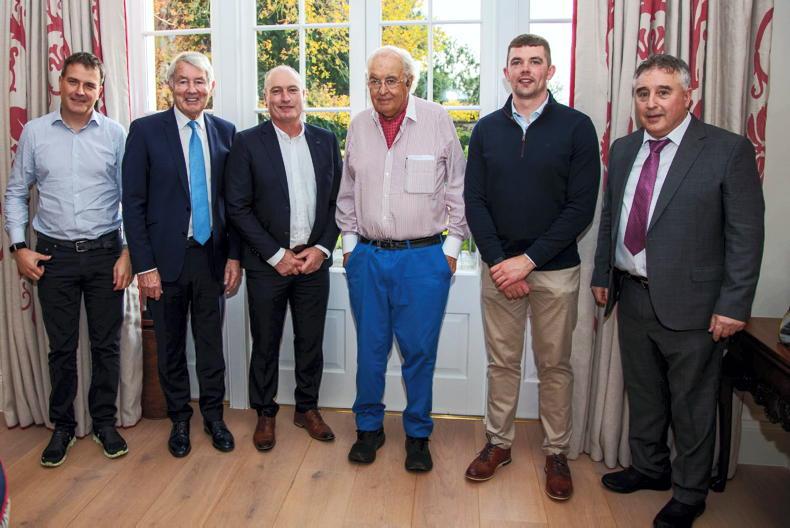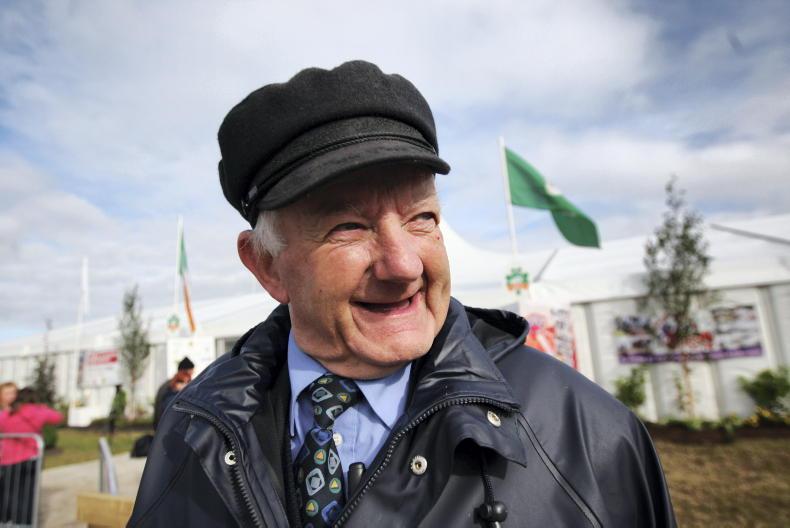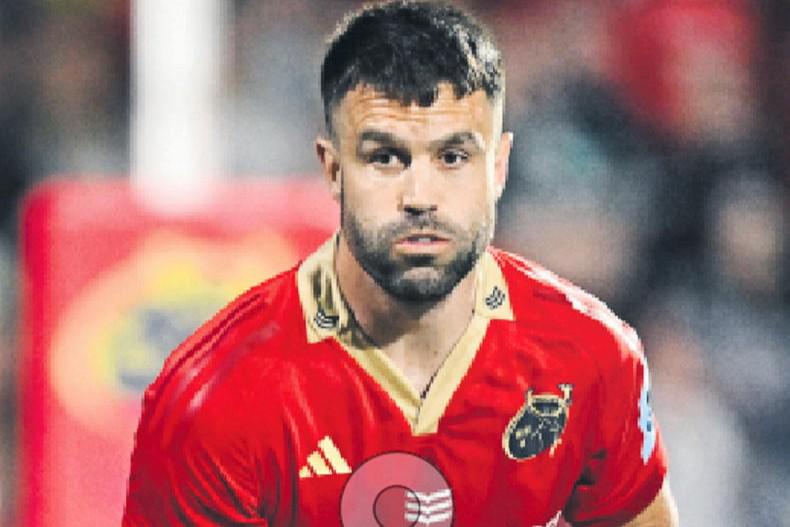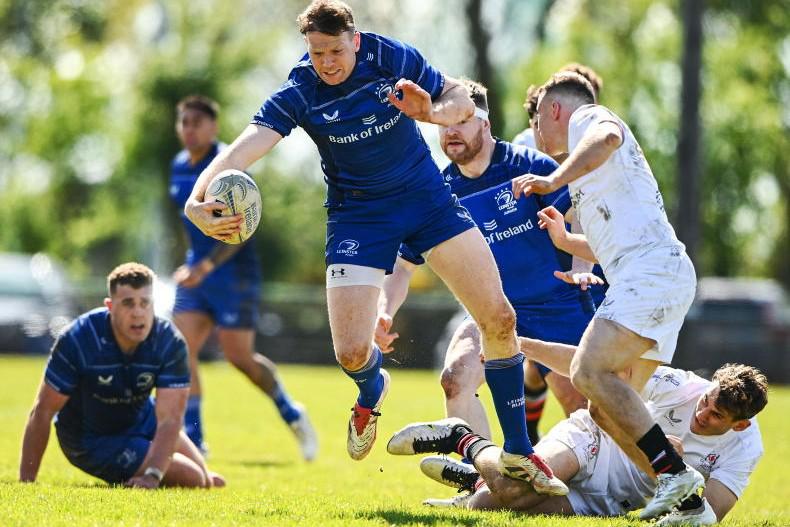RTÉ Sport broadcaster Jacqui Hurley is a regular on our television screens and radios, but before embarking on her current career she represented Ireland in basketball and Cork in camogie.
Both personal immersion in sport and subsequent experience in her professional life showed Hurley that talented young women are not always treated the same way as their male counterparts and that informed her decision to pen a new book.
Girls Play Too: Inspiring Stories of Irish Sportswomen, is out now, published by Merrion Press, and it’s the bringing to fruition of something on which Hurley has been ruminating for quite a while.
Basketball is probably a bit different in that it’s a minority sport and everybody is treated the same, it was always a minority sport and there wasn’t a lot of funding
“It’s one of those things that was always in the back of my head,” she says. “When I was a kid, I would have loved a book like this.
“It was something that scratched away at me all the time and I wondered if I should do something. Then, with the 20x20 campaign, there was a lot of talk about what you could do.
“It seemed to me that a lot of people were pledging to go to more matches and to make more of an effort and that’s great but I wanted to do something more tangible that actually impacts at this age-group."
Experiences
“There were just a few experiences, I see it with girls on my road, their attitude seems to be framed differently than boys’ and I just wanted to normalise it.
“The more you do, the more they’re going to see how normal it is and I felt that having a book is the best way to do that.”
While everybody’s own particular story is unique to them, Hurley found from speaking to the book’s 25 protagonists that there were early-life hurdles to overcome as they sought to prove themselves.
“Even when I played camogie, you could see that it was completely different for the girls than it was for the boys,” she says.
“Basketball is probably a bit different in that it’s a minority sport and everybody is treated the same, it was always a minority sport and there wasn’t a lot of funding.
“The one thing I have noticed in this, from talking to a lot of high-performance athletes, a lot of girls have similar stories.
Opportunities
“You just notice that their struggles came at the same time, whether it was a lack of funding or a lack of visibility or whatever.
“They might all be playing different sports but the stories are the same and that would be my experience of it as well. The opportunities weren’t there for girls but that has improved significantly.
“Even in the book, you take something like Fiona Coughlan’s story – at the start, playing Six Nations games, they were sleeping on gym floors whereas now they have a lot more funding and that’s only in a span of 10 years or so.
“Things have changed drastically.”
The book is aimed at children who may be just starting out on their sporting journeys, but it is designed to be widely accessible.
“Each story is 200-300 words and they’re basically told as fairytales,” she says.
“So, for Katie Taylor for instance, it’s: ‘Once there was a girl called Katie, who dreamed of becoming an Olympic champion.’
“There are illustrations of each of them too, I got five female illustrators to do those. Each athlete has signed their story too, so it’s a nice keepsake.
“We’re saying eight-to-14 – the way I would look at it is that it’s a book you could read to younger kids but eight-year-olds could read by themselves.”
Examples
Crucially, all of the sports stars featured in the book provided first-hand contributions to the stories.
“I didn’t want it to just be a mini-biography like you’d see on Wikipedia,” Hurley says.
“I wanted to focus each story around a particular event from their childhood. So Derval O’Rourke’s story, for example, is about a race against a boy in her neighbourhood. She wanted to beat him so badly and she ran so fast that she couldn’t stop herself and ran into a concrete wall.
“She cut her knees but she was still so delighted that she beat him and that’s where the competitive spirit started.
“They’ll obviously have their success stories from when medals were won and things like that but it is very much based around their childhoods and their beginnings in sport.
“I wanted them to contribute so I asked them specifically for stories about their childhoods. Every single one of them said yes, they all wanted to be part of this and that was probably the best thing about it.”
The reality is that, if the boys don’t read it, the reality isn’t going to change
The idea is to inspire the stars of tomorrow – but Hurley is keen to make clear that that means the boys as well as the girls.
“That’s the whole message, really,” she says, “sport is not just for boys and this book is not just for girls.
“The reality is that, if the boys don’t read it, the reality isn’t going to change. My six-year-old son reads it – and not because I’m making him!
“He loves reading about them and he wants to know, ‘Tell me more about Lindsay Peat or Katie Taylor or Denise O’Sullivan.’
“That’s great because little kids are gender-blind – we teach them the difference.”









SHARING OPTIONS